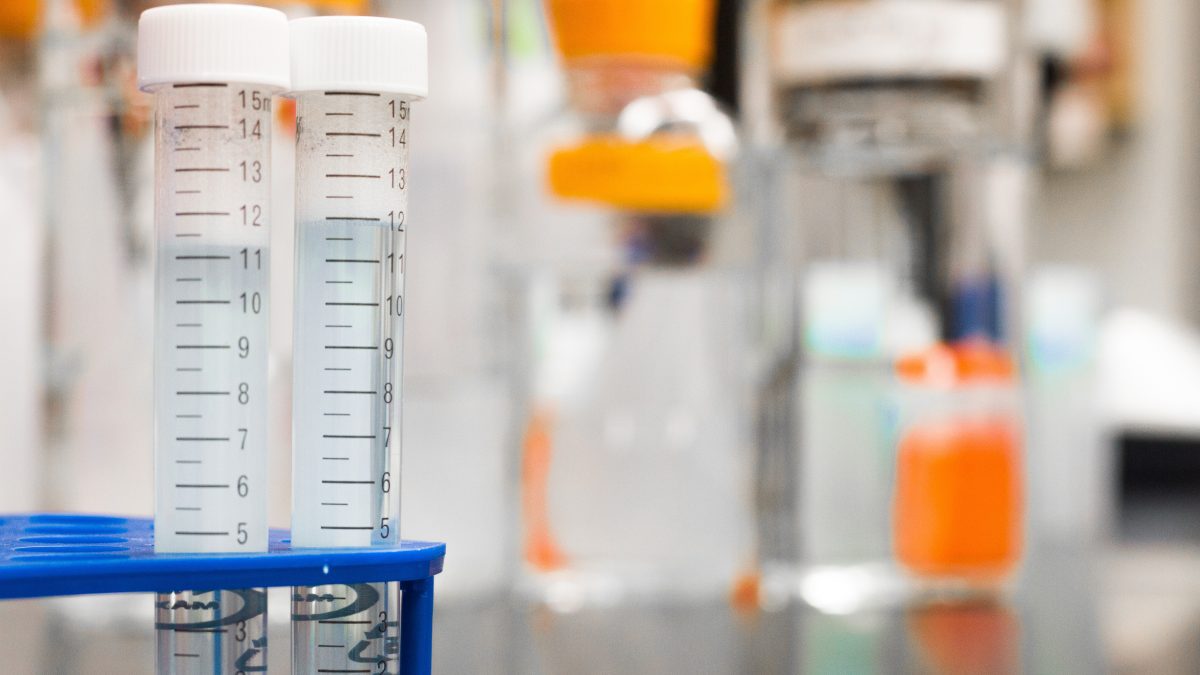Working with biological drugs or with other sterile medications is an extremely complex task. For this reason, regulators worldwide established the so-called GMP (Good Manufacturing Practice), guidelines intended to reduce as much as possible the risk of contamination.
Speaking about the manufacturing environment, where the sterile drugs are produced, GMP guidelines distinguish 4 different grades of sterility: Grades A, B, C & D. Considering that obtaining a sterile environment is practically impossible, these 4 grades are intended to regulate the risk of contamination to a tolerable level. For some tasks, a lower GMP Grade can be tolerated, whereas, where operations are likely to increase contaminations or deficiencies in the final products, a higher Grade of decontamination is required.
In the next part of the differences among the various Grades will be examined.
Grade D
Grade D is the lowest GMP Grade, the less stringent in terms of the permitted number of particles. The airborne particle classification is equivalent to ISO 8 at rest (where no operations are performed), while the ISO equivalent in operation is not predefined. The required clothes are reduced to the essential and the gowning process is less stringent.
In open system cleanrooms (where there is no physical separation between the area where the critical steps are performed and the external environment) Grade D spaces are used to perform the less critical operations (i.e., cleaning of equipment, or assembling it) or to be a storage zone. All the other procedures must be performed in a higher Grade environment.
Interestingly, in Closed Systems cleanrooms, where the physical isolation of the manufacturing is ensured by an Isolator, GMP guidelines state that the area that surrounds the Isolator can be in Grade D.

Grade C
In Open Systems cleanroom, Grade C spaces are intended for achieving less critical steps of the production. The equivalent airborne particle classification to Grade C is ISO 7 and ISO 8. The main difference with Grade D environments is in the implementation of the environment with the quality risk management guidelines, used to evaluate and assess the quality of the sterile drugs.

Grade B
Grade B environments are, in Open Systems cleanrooms, considered the background area for the production steps that required the highest grade of sterility. The corresponding ISO is ISO 5 at rest and ISO 7 in operation.
In Grade B areas a particle monitoring system comprehensive of an alarm must be installed, and the gowning requirements are extremely stringent. Importantly, in Closed System cleanrooms, the tolerated level for these types of background operations can be reduced to Grade D.

Grade A
Grade A is the most sterile environment required by GMP guidelines. The corresponding ISO is ISO 5 for both rest and operation. This level of sterility is achieved, in an Open System cleanroom, through a laminar flow cabinet. In Closed System cleanrooms, the internal working area of the Isolator must be in Grade A.
The Grade A area is intended to be the zone where the most important and complex operations are performed. A usual process performed in the Grade A areas is the fill and finish procedures.

Recent Articles
- Cell therapy based on neuronal precursors for the treatment of multiple sclerosis 10 January 2023
- How to Improve the Sustainability of Advanced Therapies: The Case of Strimvelis 24 November 2022
- FDA reorganization: a “Super Office” to manage the increasing cell and gene therapy workload 3 November 2022
- GMP Cleanliness Classifications: Deciphering the Differences and Requirements among Grades 12 September 2022
- How to Overcome the Most Common Issues in the GMP-Compliant Culturing of Mesenchymal Stem Cells: Isolation and Automatization 30 August 2022

